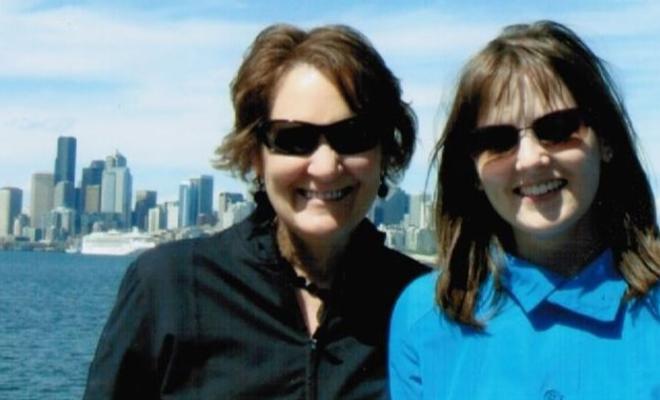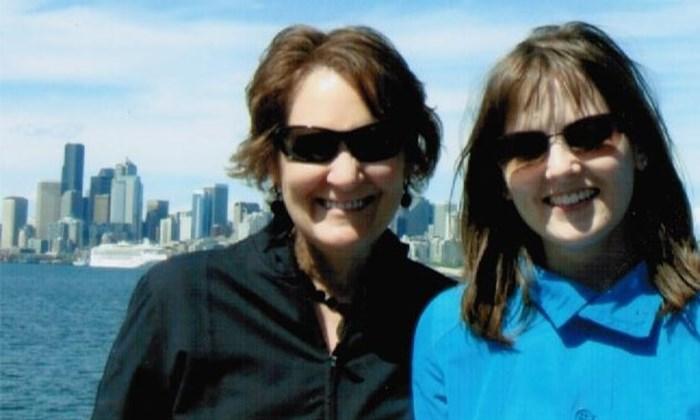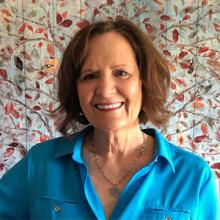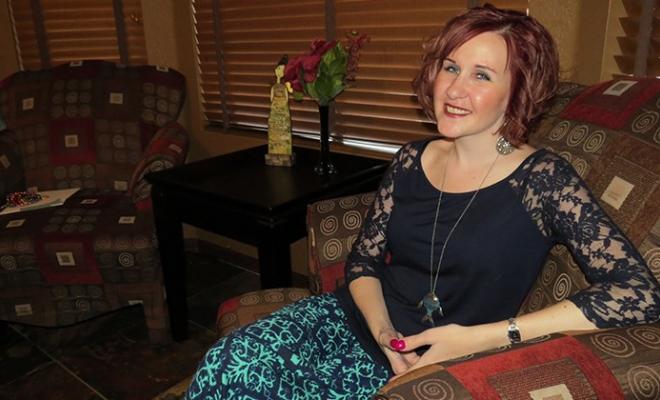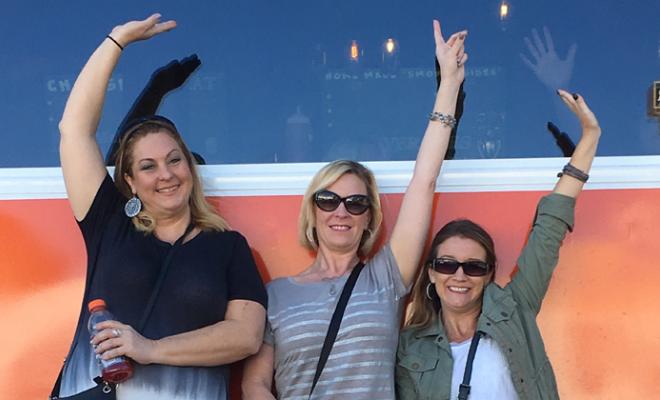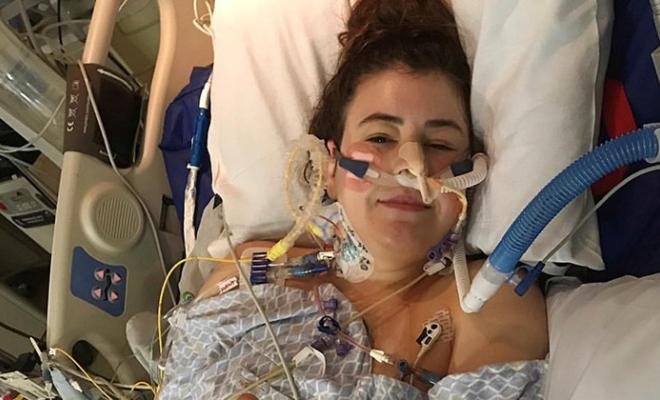Do you remember hearing for the first time that you or someone you love has cystic fibrosis?
My CF journey began in the spring of 2010 when my precious 28-year-old daughter, Jenny, was working on her MFA in creative writing at The University of Washington -- Seattle. That's 2051.9 miles away from our home in North Aurora, Ill.
We heard the words “I have cystic fibrosis” over speakerphone. After too many false diagnoses to count, she finally knew its name. This was the single scariest moment in my life. I felt like someone punched me in the stomach and knocked me down. Her voice shaking, she tried to assure us that she was going to be OK. She warned us not to Google it. The gut-wrenching grief and pain were immediate and intense.
While she spent nights sitting on the couch in her living room trying to sleep between periods of coughing up blood, I lay awake, heart pounding, not knowing if she was going to live or die. I didn't understand it at the time, but I was stuck in a fear spiral.
I did my best to be there for her. I desperately wanted to say the right thing, but words failed me. The following week, I flew to Seattle to attend her first clinic visit. It was hard to soak in all the information My main question: how could Jenny have CF when no one in our family has it?
While I was in Seattle, Jenny and I did our usual things. We played UNO, ate ice cream, drank herbal tea, watched romantic comedies in our pajamas, and ate a lot of chocolate. But nothing felt right or normal. Months later, Jenny asked me how I felt about her diagnosis. I told her I was sad but hopeful. Jenny needed and wanted more from me, but I didn't have anything left to give. I have regrets. I was not fully present for honest conversations about her fears of a shortened life, the pain, infections, treatments, and what her new reality was becoming.
I was totally unprepared to deal with my feelings when CF took a seat at our family table.
It's been 10 years since I heard those words, “I have CF.” I'm now retired and 68 years old. I'm a late bloomer in more ways that I can count. I desperately wanted and needed to learn how to handle my emotions, because what I was doing wasn't working.
Have you heard the saying, “When the student is ready, the teacher will appear?” My teacher, which took the form of Emotional Freedom Techniques (EFT, also known as tapping), appeared one afternoon in November 2018 and changed everything. I was searching for the newest Brené Brown YouTube video when a video about EFT popped up. I had never heard of it, so of course I watched it.
EFT is a powerful mind/body technique that combines Eastern and Western therapies to help a person quickly release overwhelming emotions stress, fear, worry, bothersome memories, and even physical pain. There is a growing body of evidence that the therapy works. Over 100 papers published in peer-reviewed medical and psychology journals have demonstrated its effectiveness for phobias, anxiety, post-traumatic stress disorder, and much more.
EFT is sometimes called “acupuncture without the needles” because it also uses your body's energy meridian points. You stimulate these meridian points by gently tapping on them with your fingertips -- literally tapping into your body's own energy and healing power.
My first impression was that it was a silly, New Age thing. I quickly got over that though because it was very calming and I experienced a profound feeling of relief while practicing.
I had a deep sense of home, and a “knowing” that I wanted to heal myself and share EFT with others. I was hooked -- and on a mission. I found an EFT practitioner near me and met with her immediately the next day. Eighteen months later, I become a Certified EFT Practitioner with EFT International.
My fears of uncertainty were off the charts when Jenny was diagnosed. I felt like I lost myself somewhere along the way. Today, many people around the world are experiencing those same feelings of fear, anxiety, and stress on the rollercoaster ride called COVID-19.
No wonder we're struggling. Everything has changed. Home schooling, remote working /job loss, social distancing, stay-at-home orders, and deeply missing people you can't be with. Throw in racism and political unrest and you've got a perfect stress storm.
If any of that sounds familiar, consider trying an easy self-help, first-aid silent tapping tool called “Traffic Lights,” a 3-4-minute exercise that adults and children alike can use. It's a powerful combination of breathing and gentle tapping on acupressure points to help you calm down so you can think clearly. You can use it anytime you are stressed, anxious, or when things are getting to you.
- Step 1: Tune into your body and measure your stress level. Green means OK, calm and clear enough. Yellow is a warning that stress is increasing, so it's time to slow down. Red means Stop and Tap now.
- Step 2: Practice a combination of gentle breaths followed by silent tapping on acupressure points on your face and torso. You can also tap on your fingertips for times you can't wash your hands or when you're in a public place. You don't have to say or analyze anything. Just breathe and tap.
I encourage you to watch the Traffic Light video to experience it (and practice it) for yourself.
CF has given me more growth opportunities than I can count. There have been a lot of detours, twists, and turns on this journey. Has any of it been easy? No. But has it been worth the work? Yes. Through EFT, I was able to find peace and clarity. Lasting change is not only possible, but with EFT it can be creative, fun, and joyful.
Interested in sharing your story? The CF Community Blog wants to hear from you.

